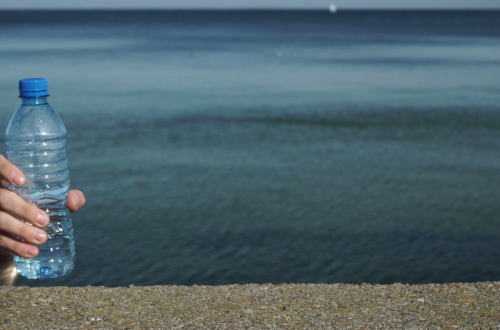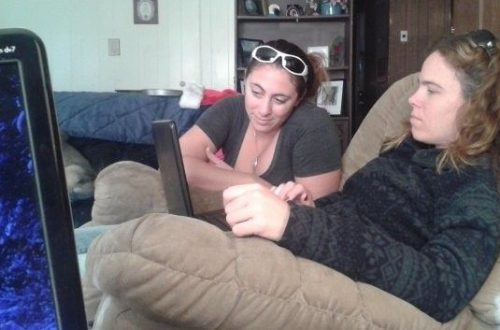
Overcoming our fears – on the ledge
Trait theory is focused on recognizing and assessing individual personality characteristics.
Fear is a trait.
In talking with a young college student just recently, I learned that she is preparing to present to a group of kids who are incarcerated in a regional detention center in our area. She was trying to determine which methods to use to teach these students about learning, and now asking “questions” is specific to all things in life. At first she was going to use the analogy of a McDonalds Big Mac with Coke and Fries, versus a kid’s burger with no condiments on it, as a representation of future goals of the good life.
I asked her if her students were Native American. She didn’t know. Were they white? She didn’t know. How about Mexican? She didn’t know. I asked her if any of her students had the ability to rock climb or act as a guide like she does? She didn’t know.
I suggested that she make her presentation more about herself, and her own personal climbing experiences. She has plenty of video and pictures to present with. She is an avid climber and has experience with being stuck out on a ledge in the middle of the night; lost her food though a crack in which she and one other had just climbed; and her companion had also lost his water. The ledge they were on was part of a climb called The Tombstone. http://www.highinfatuation.com/blog/why-we-love-the-tombstone/ .
 As her story goes, slowly with just a headlamp on, she and one other had to climb upward one notch at a time. imagine all you can see is the rope disappearing below you past your headlamps reach. Her focus was maintained on just the area right in front of her, where her lamp shone on the rocks. Her partner, who was on the rope below her, was in the same situation as they pushed upward. They would take short breaks and discuss the climb up the ledge, as she would descriptively warn him about the rock formation and guides he would need to follow. They had to be a team. They had to put trust out on the ledge with them. An 8 hour climb turned into 13 hours, with them stranded on top of the Tombstone, too exhausted to hike down the other side till morning. They were lucky.
As her story goes, slowly with just a headlamp on, she and one other had to climb upward one notch at a time. imagine all you can see is the rope disappearing below you past your headlamps reach. Her focus was maintained on just the area right in front of her, where her lamp shone on the rocks. Her partner, who was on the rope below her, was in the same situation as they pushed upward. They would take short breaks and discuss the climb up the ledge, as she would descriptively warn him about the rock formation and guides he would need to follow. They had to be a team. They had to put trust out on the ledge with them. An 8 hour climb turned into 13 hours, with them stranded on top of the Tombstone, too exhausted to hike down the other side till morning. They were lucky.
I suggested she use a cultural – historical approach (her own) and draw from everyone’s community value system of “fear”. Fear of the unknown. We all have individual personality traits, and each of us reacts differently to fear, but we all have it – fear. Each culture has it, and each culture has a different approach to dealing with it. The social culture of these young detainees she will be presenting to, dealt with each of them by placing them in a detention center (DT). That was their method of correction and control.
I recommended she use her story and discuss goals. What ladder will they each need to succeed to get to the next level? What challenges will each of them face? Personality traits don’t count in situations like this. This is dire, and you have to work as a team to get out; to survive. Her objective is how to get this group to bond and work together; and then to help motivate each other. She needs to help them determine what questions will they need to address to set goals and find the ladders.
“focus on understanding developing individuals and changing communities, making first guesses about patterns and seeking confirmation or disconfirmation to extend what is known” ~Gutierrez
Her story is a frightening one. But to those young minds locked up inside a juvenile facility, her story is going to be alive and intense with fear – yet motivational in fostering drive and encouragement. It’s the human condition, uncovered and vulnerable.
I suggested she use this cultural and historical approach (her mountaineering lifestyle), to teach these kids about building ladders (setting goals). Right now each of them is on a ledge (inside DT). They have to make choices; they need to focus on what is right in front of them. Each decision must be cautiously made. The wrong decision and the person on the rope below could bring you down, and vice versa.
In telling her story she will be able to cross the cultural divide of each participant in the DT center. She will ask the students to work together as a team and find a way out, to help each other off the ledge they are on. They have to be focused and determined. It isn’t possible for one to get out without the other, at least not in this scenario.
Put them on a ledge, because that is where the lesson is. Is it fear or is it an adventure now?




